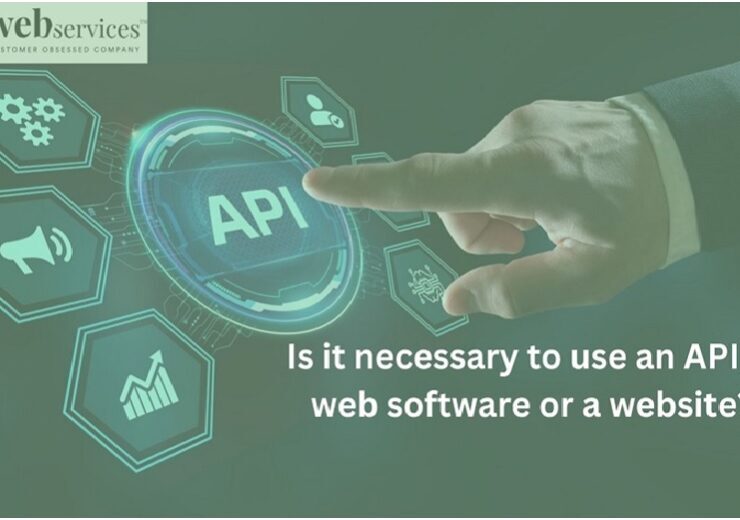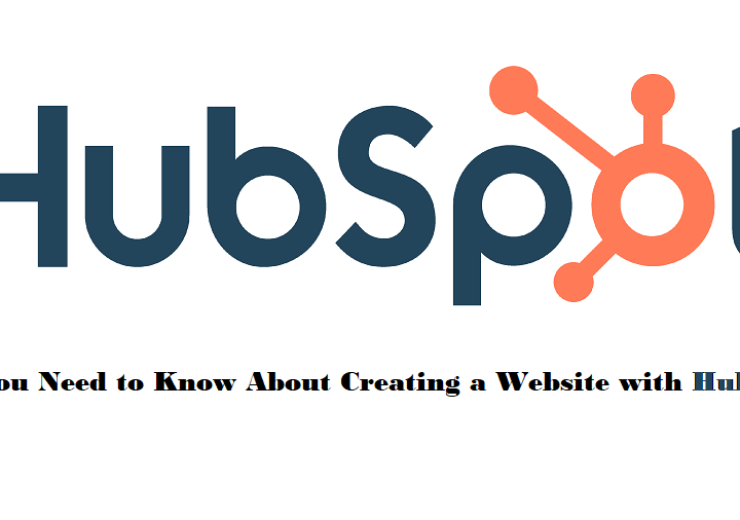Progressive Web Apps: Advantages and Disadvantages

Progressive Web Apps (PWAs) have revolutionized the digital landscape, offering a hybrid between traditional web pages and mobile applications. They provide users with a seamless, app-like experience directly from their browsers, irrespective of the device or network conditions. This has catapulted PWAs into the limelight of modern web development, with businesses leveraging their quick load times, offline capabilities, and push notifications to enhance user engagement.
Google’s open-source framework has extended its capabilities to the realm of PWAs, facilitating a smoother development process with its rich set of pre-designed widgets and a single codebase approach. While PWAs, bolstered by Flutter, present a promising solution for an immersive user experience and wider reach, they are not without their challenges.
This blog aims to delve into the nuanced landscape of PWAs, highlighting their advantages and disadvantages, and exploring how Flutter plays a pivotal role in this ecosystem.
Advantages of Progressive Web Applications
——————————————–
Improved Performance
Service workers are at the heart of a PWA’s exceptional performance, acting as a network proxy to intercept requests and cache content for offline access. This not only ensures smoother operation in low-network conditions but also significantly reduces load times as content is served directly from the cache.
Numerous businesses have reported substantial performance improvements upon adopting PWAs; a notable example is Pinterest, which witnessed a 60% increase in core engagement and a 44% growth in user-generated ad revenue.
Enhanced User Engagement
Progressive Web Apps offer an immersive, app-like user experience directly in the browser, contributing to higher user satisfaction and retention rates. They can be easily added to the home screen without the need for app store downloads, providing increased visibility and engagement opportunities. Furthermore, the integration of push notifications enables businesses to maintain an ongoing connection with users, keeping them engaged and informed.
Accessibility and Reach
The cross-platform nature of PWAs ensures they function seamlessly across a variety of devices and operating systems, broadening their reach and accessibility. Unlike traditional mobile applications,
PWAs circumvent the app store approval process, resulting in quicker launches and updates. This ease of access and speed of deployment make PWAs an attractive option for both businesses and users.
Security and Reliability
PWAs are served via HTTPS, ensuring that all transferred data is secure and that the content is safeguarded against tampering. The reliability of service workers also means that PWAs provide consistent performance, regardless of network stability.
This combination of security and reliability not only enhances user trust but also ensures a robust and dependable user experience.
Lower Development and Maintenance Cost
Developing a PWA means maintaining a single codebase, which significantly cuts down both development and maintenance costs compared to managing separate applications for different platforms.
The streamlined update process of PWAs, which eliminates the need for user intervention and app store approvals, further contributes to cost efficiency and simplicity in maintenance.
Disadvantages of Progressive Web Apps
——————————————–
Limited Access to Device Features
Progressive Web Apps, despite their versatility, face limitations when it comes to accessing certain native device features. Unlike native apps that have extensive access to device capabilities like advanced camera controls, sensors, and background processes, PWAs have restricted functionality in these areas.
This disparity can be a critical factor for applications that rely heavily on deep integration with the device’s hardware, potentially hindering the user experience and the app’s overall performance.
Browser Dependency And Compatibility Issues
The performance and capabilities of PWAs are highly dependent on the browser used to access them. Different browsers have varying levels of support for PWA features, leading to inconsistencies in user experience.
For instance, Safari has known limitations in its support for service workers and push notifications, which are key components of PWAs. This dependency on browser compatibility necessitates thorough testing and potentially additional development work to ensure consistent functionality across all platforms.
Update Propagation Delays
Unlike native apps that prompt users to update to the latest version, PWAs rely on service workers to fetch and install updates in the background. This can lead to delays in update propagation, as users might continue interacting with an outdated version of the app until they close and reopen it.
Ensuring that users are always accessing the most up-to-date version of a PWA is a challenge that developers need to address to maintain a consistent and secure user experience.
Limited Support for Advance Offline Capabilities
While PWAs excel in providing offline access to cached content, they are not as adept at supporting advanced offline functionalities as native apps are. Complex tasks like offline data synchronization and handling large media files can be challenging to implement in a PWA.
These limitations can affect applications that require robust offline capabilities, potentially making native apps a more suitable option for such use cases.
Flutter and Progressive Web Applications
——————————————–
Choosing Flutter For Progressive Web App Development
At its core, Flutter’s single codebase approach simplifies the development process, allowing developers to write code once and deploy it across various platforms, including the web. This not only speeds up the development lifecycle but also ensures consistency in performance and user experience across different devices.
Moreover, Flutter’s rich set of pre-designed widgets and its reactive framework streamline the creation of smooth and responsive user interfaces, which are crucial for the success of any PWA.
You can easily hire a web app developer, for your PWA development from flutter experts.
Case Studies: Successful PWAs Built with Flutter
The digital landscape is dotted with success stories of PWAs built using Flutter, showcasing the framework’s capability to deliver high-performance applications. Alibaba, one of the world’s largest e-commerce platforms, leveraged Flutter to enhance its mobile web experience, resulting in a significant increase in user engagement and conversion rates.
The application’s smooth animations and instantaneous loading times, powered by Flutter, played a pivotal role in its success. Examining these case studies, it becomes evident how Flutter’s robust toolkit and performance optimizations contribute positively to the PWA’s overall user experience and performance.
Tips and Best Practices for Using Flutter in PWA Development
——————————————–
Developing PWAs with Flutter is a strategic choice, but it comes with its nuances. Here are some tips and best practices to ensure a successful implementation:
- Optimize Assets: Ensure that all images and assets are optimized for the web to enhance load times and performance.
- Leverage Flutter’s Built-in Widgets: Make full use of Flutter’s extensive widget library for a consistent and responsive user interface.
- Test Across Browsers: Conduct thorough testing across various browsers to guarantee a uniform user experience, regardless of the user’s choice of browser.
- Stay Updated: Keep the Flutter SDK and all dependencies up to date to take advantage of the latest performance improvements and features.
- Monitor Performance: Regularly monitor the PWA’s performance and optimize code and assets as necessary to maintain a high standard of user experience.
Conclusion
Progressive Web Apps (PWAs) have transformed digital interactions, offering improved performance, enhanced user engagement, and unparalleled accessibility across devices. They harness the capabilities of modern browsers and provide an app-like experience within a web context, addressing the universal need for quick, reliable digital access.
However, limitations in device feature access, browser dependency, and SEO challenges necessitate a thoughtful approach to PWA development. Here, Flutter stands out as a robust solution, providing developers with the tools to craft high-performing, responsive applications, effectively elevating the potential of PWAs in today’s fast-paced digital landscape.




